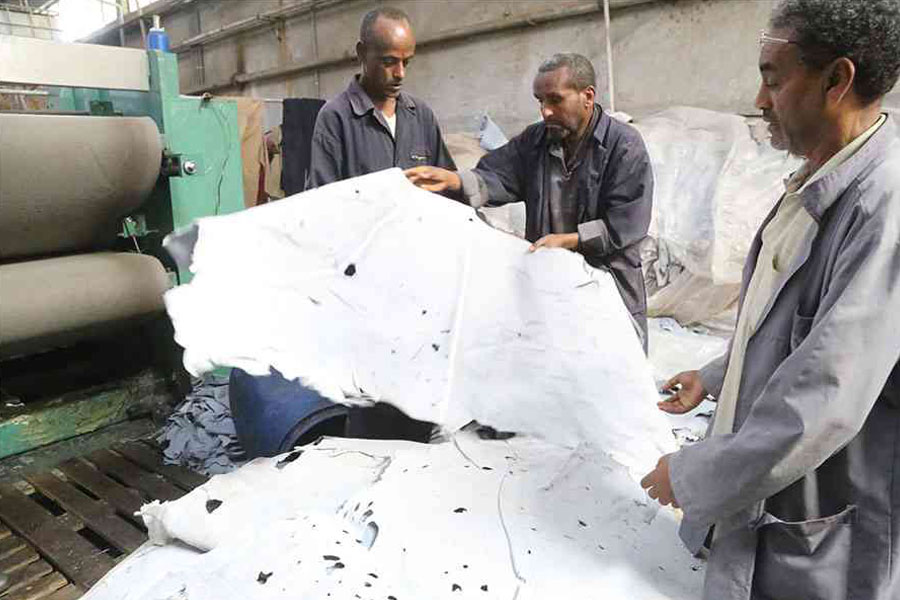
Fortune News | Nov 10,2024
Ethiopia's leather industry has significant untapped potential from its large livestock population. However, foreign currency shortages, limited access to chemicals, and a lack of prioritization from policymakers are pushing several plants out of business. To unlock the industry's potential, industry leaders urged federal government authorities to create an enabling policy environment that fosters strong inter-industry linkages and prioritizes access to foreign currency for the industry. Experts say developing a sustainable value chain, changing the popular perception towards leather products, and promoting domestic use are crucial to revitalizing the industry. Focusing on developing a strong export market, trademarking Ethiopian Highland Leather (EHL) internationally, and supporting the Leather City project could help create a thriving, sustainable leather industry that supplies domestic and global markets.
You can read the full story here
PUBLISHED ON
Apr 22,2023 [ VOL
24 , NO
1199]

Dec 22 , 2024 . By TIZITA SHEWAFERAW
Charged with transforming colossal state-owned enterprises into modern and competitiv...

Aug 18 , 2024 . By AKSAH ITALO
Although predictable Yonas Zerihun's job in the ride-hailing service is not immune to...

Jul 28 , 2024 . By TIZITA SHEWAFERAW
Unhabitual, perhaps too many, Samuel Gebreyohannes, 38, used to occasionally enjoy a couple of beers at breakfast. However, he recently swit...

Jul 13 , 2024 . By AKSAH ITALO
Investors who rely on tractors, trucks, and field vehicles for commuting, transporting commodities, and f...

Jul 5 , 2025
Six years ago, Ethiopia was the darling of international liberal commentators. A year...

Jun 28 , 2025
Meseret Damtie, the assertive auditor general, has never been shy about naming names...

Jun 21 , 2025
A well-worn adage says, “Budget is not destiny, but it is direction.” Examining t...

Jun 14 , 2025
Yet again, the Horn of Africa is bracing for trouble. A region already frayed by wars...